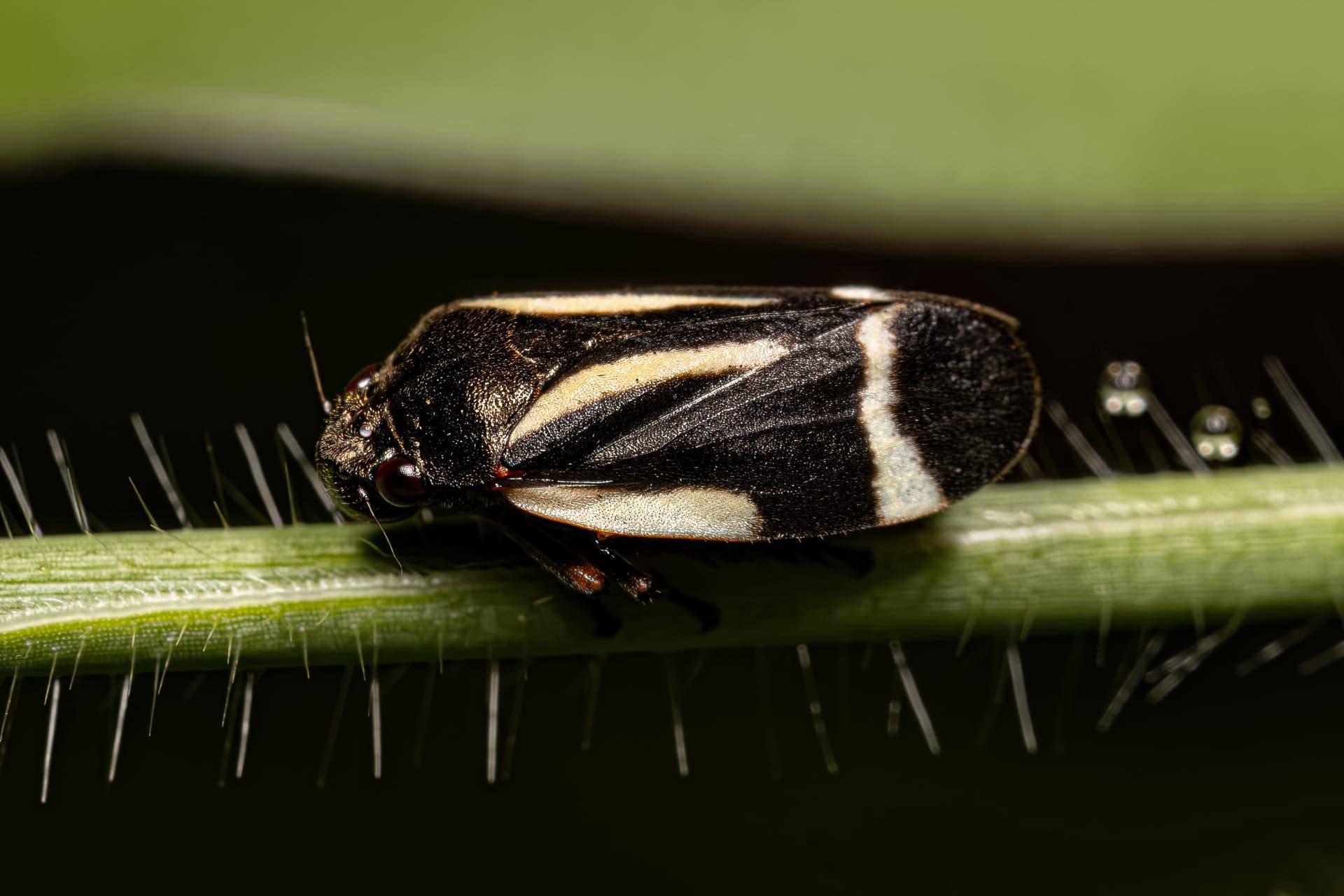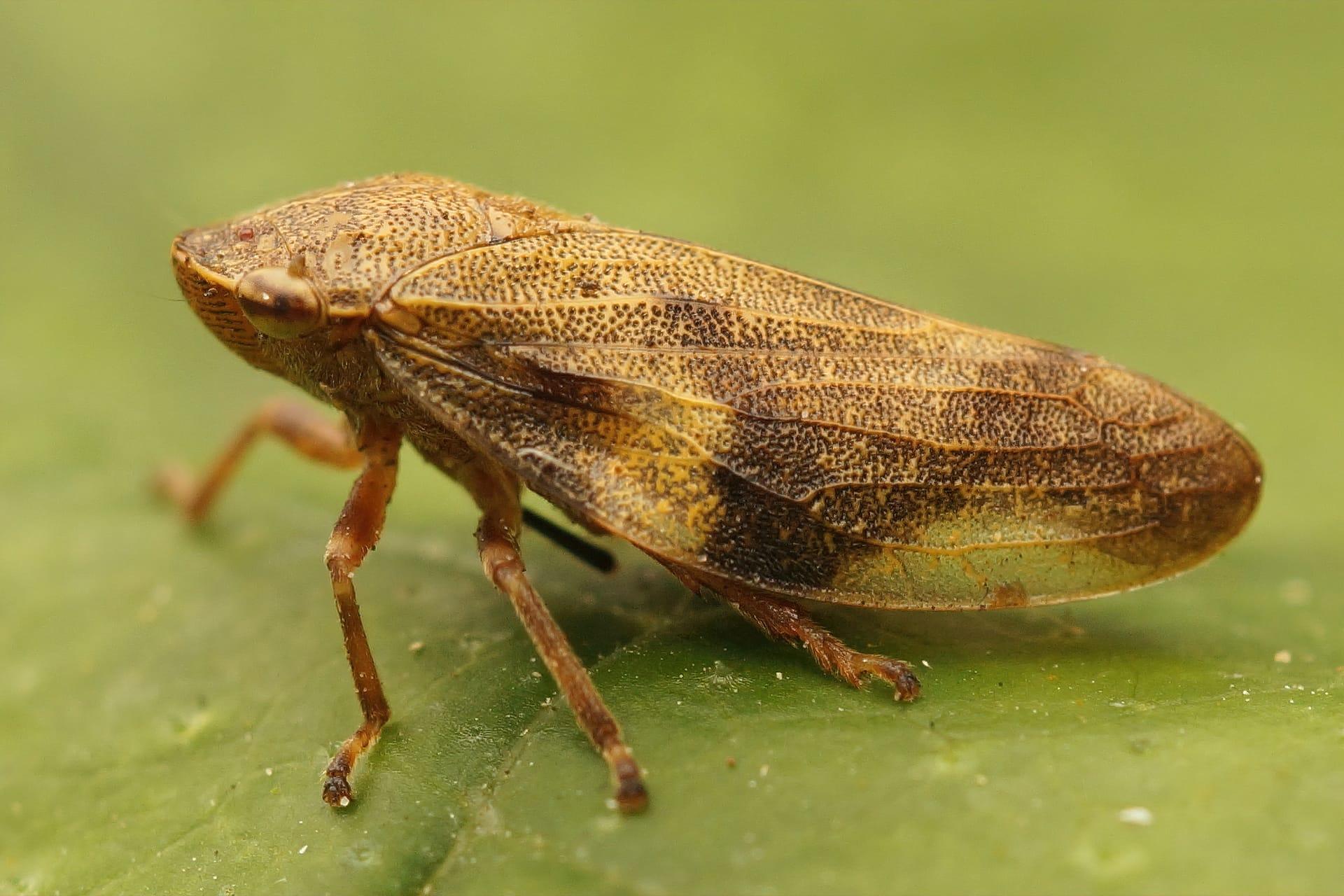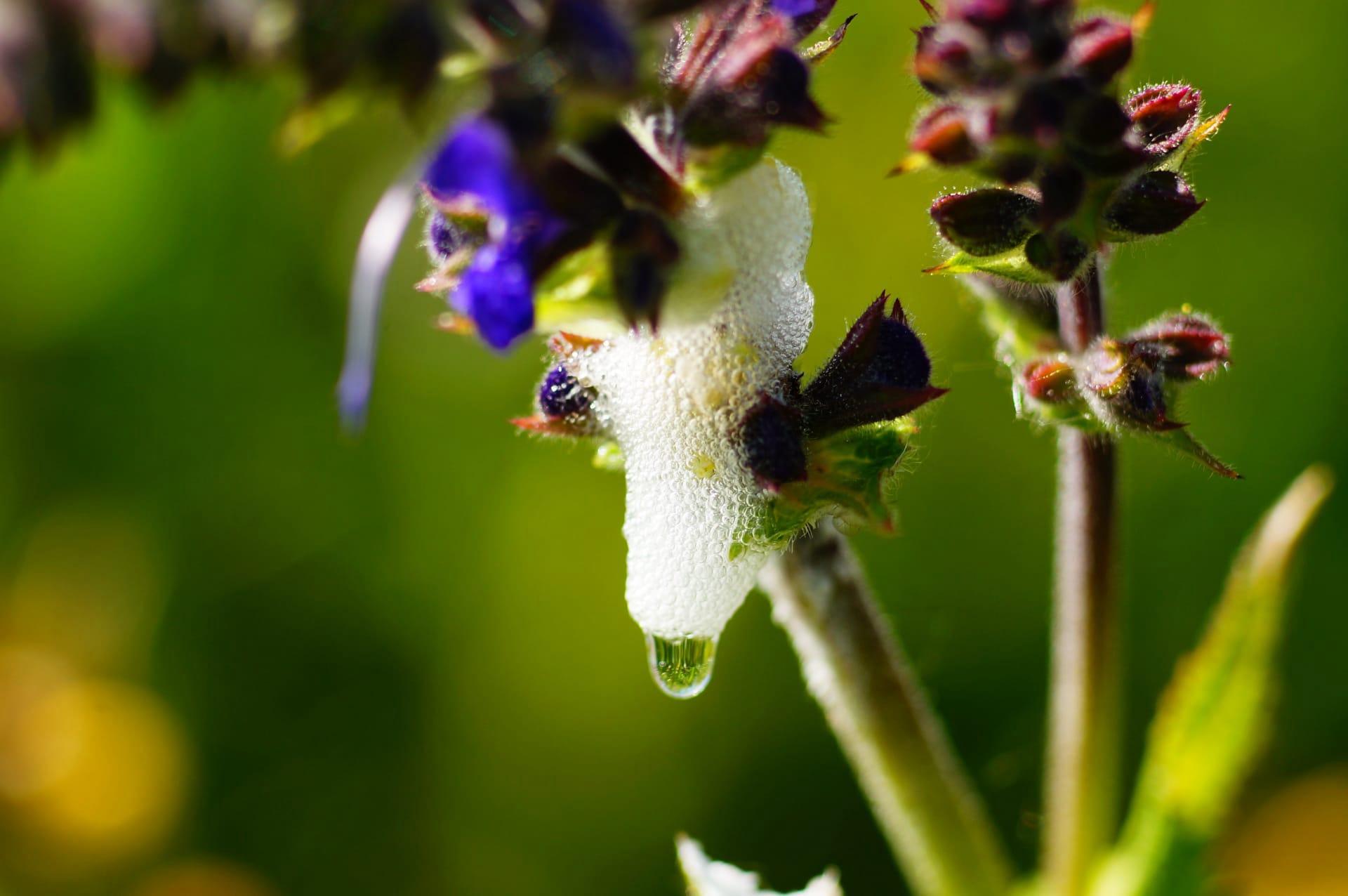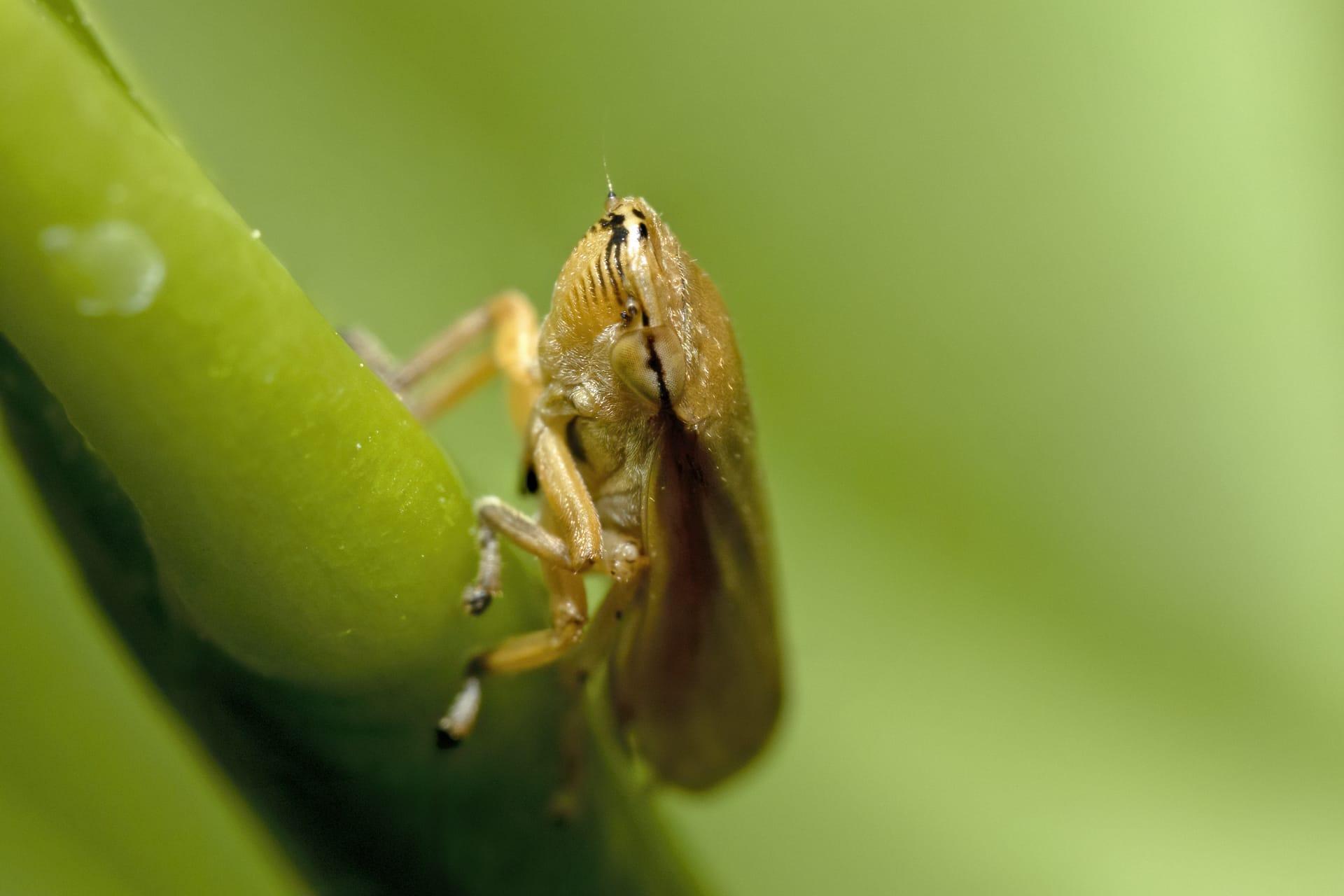1
Spittlebugs, also known as froghoppers, have a unique way of protecting themselves as nymphs. They create a foam-like substance that resembles spit, hence their name. This foam, produced from a mixture of their own secretions and plant sap, provides an excellent shield against predators and harsh environmental conditions. Fascinatingly, the nymphs can produce up to 150 times their body weight in this frothy mixture, creating a sizable protective barrier that can be up to 6 centimeters in height.
Another interesting fact about spittlebugs is their incredible jumping ability. Adult spittlebugs are known for their powerful hind legs, which enable them to jump up to 100 times their body length. To put this in perspective, if a human had the same capability, they could leap over a 30-story building! This ability is not just for evasion; it's also a key part of their mating ritual, as males often jump to impress potential mates.

2
Spittlebugs have a fascinating lifecycle. They undergo incomplete metamorphosis, meaning they do not have a pupal stage like butterflies. Instead, they develop through five nymph stages before becoming adults. During each stage, the nymphs shed their skin, a process known as molting. Remarkably, they do this within the protective foam, emerging larger each time. The entire process from egg to adult can take as little as a month in warm climates.
Another intriguing aspect of spittlebugs is their diet. They feed primarily on plant sap, using their specialized mouthparts to pierce plant stems. This diet is rich in carbohydrates but low in essential nutrients like amino acids. Therefore, spittlebugs have symbiotic bacteria in their gut that help in breaking down and synthesizing the necessary nutrients from this sap-heavy diet. These bacteria are so essential that they are passed from mother to offspring through the egg.

3
Spittlebugs' foam has a surprising impact on agriculture. In large numbers, they can cause significant damage to crops, particularly in grasslands and cereal crops like wheat and barley. The foam not only covers the plants, reducing photosynthesis, but also the nymphs' feeding weakens the plants. In some cases, severe infestations have led to reduced crop yields. However, it's interesting to note that spittlebugs are also indicators of a healthy ecosystem, as they are sensitive to pesticides and other environmental changes.
The foam produced by spittlebugs also has antimicrobial properties. This is crucial for the survival of the nymphs, as the foam serves as a physical barrier against fungal and bacterial infections. It maintains a humid environment that is less conducive to the growth of harmful microorganisms. Additionally, the foam can regulate temperature, protecting the nymphs from extreme heat and cold, which is vital for their development in varying climates.

4
Adult spittlebugs have a unique communication method. They produce sounds by vibrating their bodies against plant stems. These vibrations travel through the plant and are perceived by other spittlebugs. This form of communication is primarily used during mating season. The males produce distinctive vibration patterns to attract females, and these patterns can vary between different spittlebug species.
Spittlebugs are also known for their role in ecological research. Their foam nests make them easily observable, making them excellent study subjects for understanding insect behavior and ecology. Scientists study spittlebugs to gain insights into how insects interact with their environment, their survival strategies, and their impact on ecosystems. This research has broader implications for understanding biodiversity and the health of various habitats.

5
Despite their small size, typically ranging from 0.2 to 0.6 inches (5 to 15 millimeters), spittlebugs play a significant role in nutrient cycling in ecosystems. They help in breaking down plant material, particularly in grasslands, contributing to soil health. As they feed on plant sap, they excrete excess sugar, which is utilized by other organisms in the ecosystem, thereby facilitating the flow of energy and nutrients.
Spittlebugs have inspired biomimetic research. The structure and composition of their foam have intrigued scientists who are exploring its potential applications in technology and materials science. The foam's properties, such as its ability to trap air and water, offer insights into creating new materials with similar protective and insulating characteristics. This could lead to innovations in areas like insulation materials, protective gear, and even medical devices.